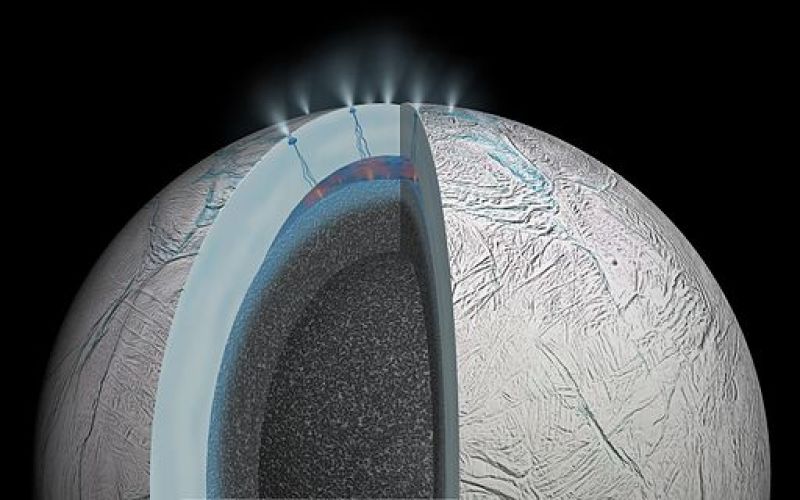
Scientists are still trying to find out the cause behind the weakening geysers on the surface of Enceladus, which is one of Saturn's 62 known moons.
This issue is a growing concern for the scientific community since the natural satellite's geysers are currently scientists' only means to study the moon's water content, Space.com reported.
The geysers on Enceladus were first spotted in 2005 by the Cassini space probe that orbits Saturn. Then, in September of this year, NASA was able to confirm that the water produced from these geysers are from the moon's massive subsurface ocean.
Since they're discovery, the amount of water and steam emitted by the geysers has drastically decreased by 30 to 50 percent. Scientists believe that this is probably due to the accumulation of debris within the fissures of the geysers. However, they find this theory a bit questionable since the decreased output seems to affect all of the moon's geysers.
Another possible explanation behind the phenomenon is that the moon's orbit around Saturn may have changed. Based on previous observations, the geysers produce a bigger and brighter plume when the moon is at its farthest point from the planet. This is because during this time, the cracks on the moon's surface are more open.
Despite the lack of a solid explanation, the scientists still believe that the decrease in activity does not automatically mean that the moon's water content is dwindling. However, if the geysers' output continues to decline even further, then it would affect the scientists' studies on the moon.
Currently, information about the natural satellite are derived using the collected samples from the steam produced by the geysers. Through these samples, the scientists are able to determine that the pH levels of the moon's subsurface ocean is similar to that of a soapy water or window cleaner, according to the Albany Daily Star.
This indicates that chemical reactions are occurring in the water, which could point to the existence of living organisms.
"We think that what happened on Enceladus, and which could still be happening today, is that there were geochemical reactions between magnesium and iron-rich rocks in Enceladus' core, reacting with ocean water. Those reactions led to the high pH," Christopher Glein of the University of Toronto and the Southwest Research Institute in Colorado said in a statement.
"This really is a world with a habitable environment in its interior," Jonathan Lunine of Cornell University added.



















